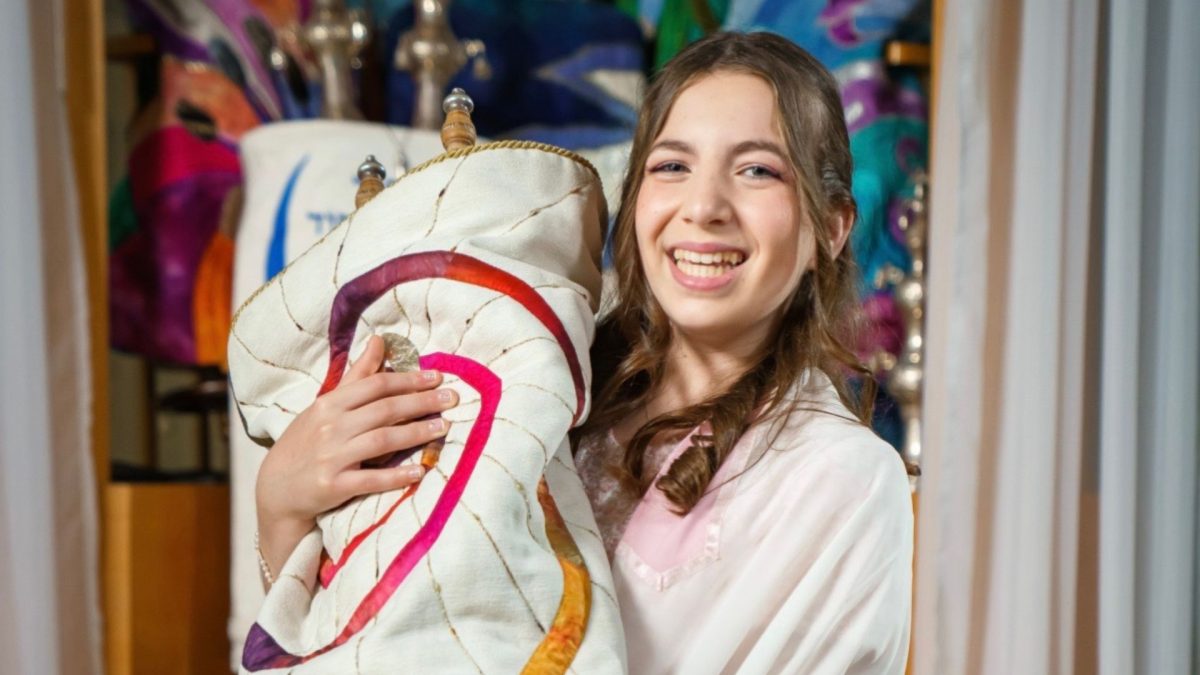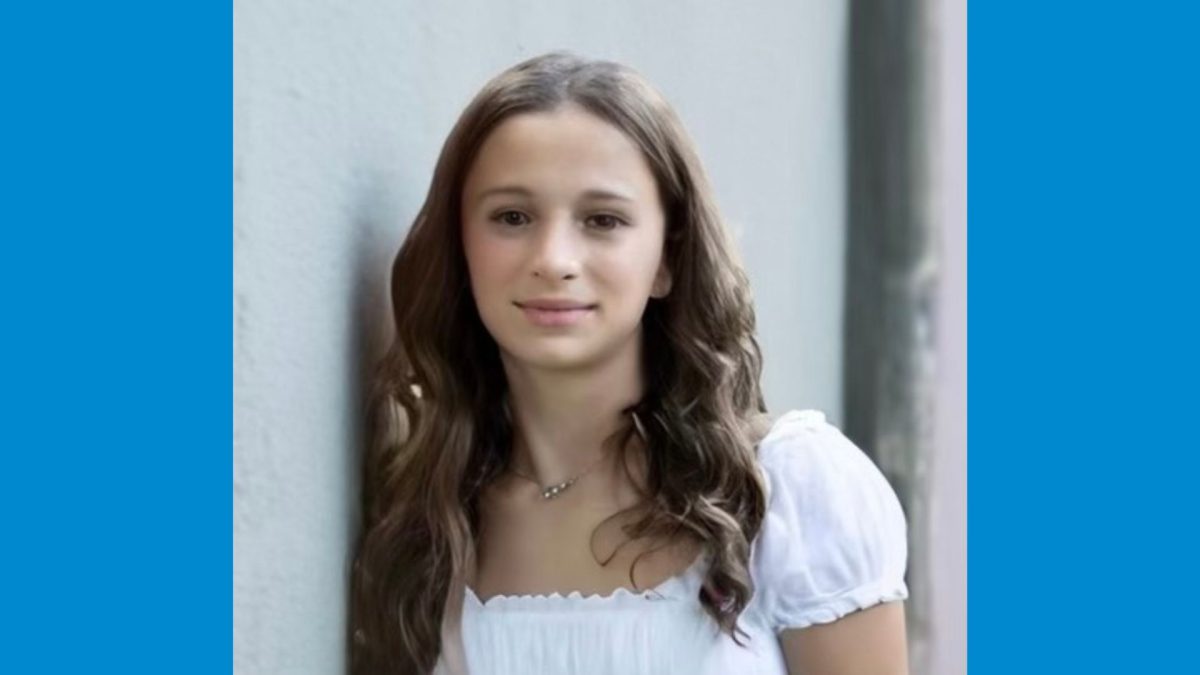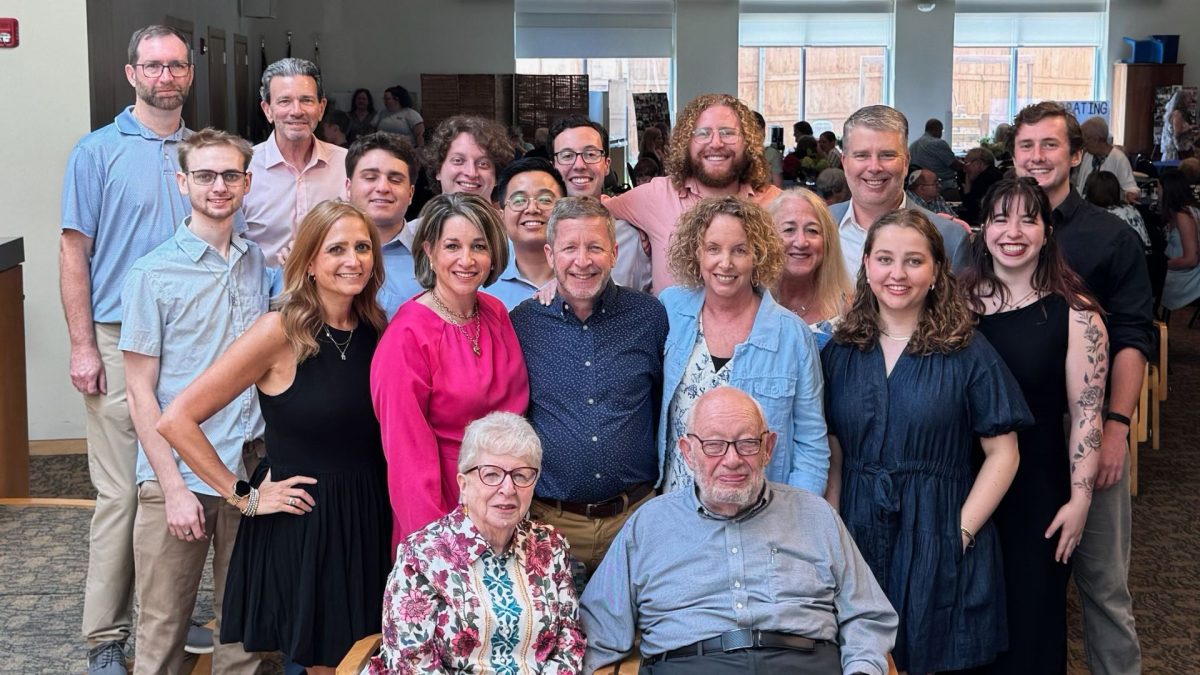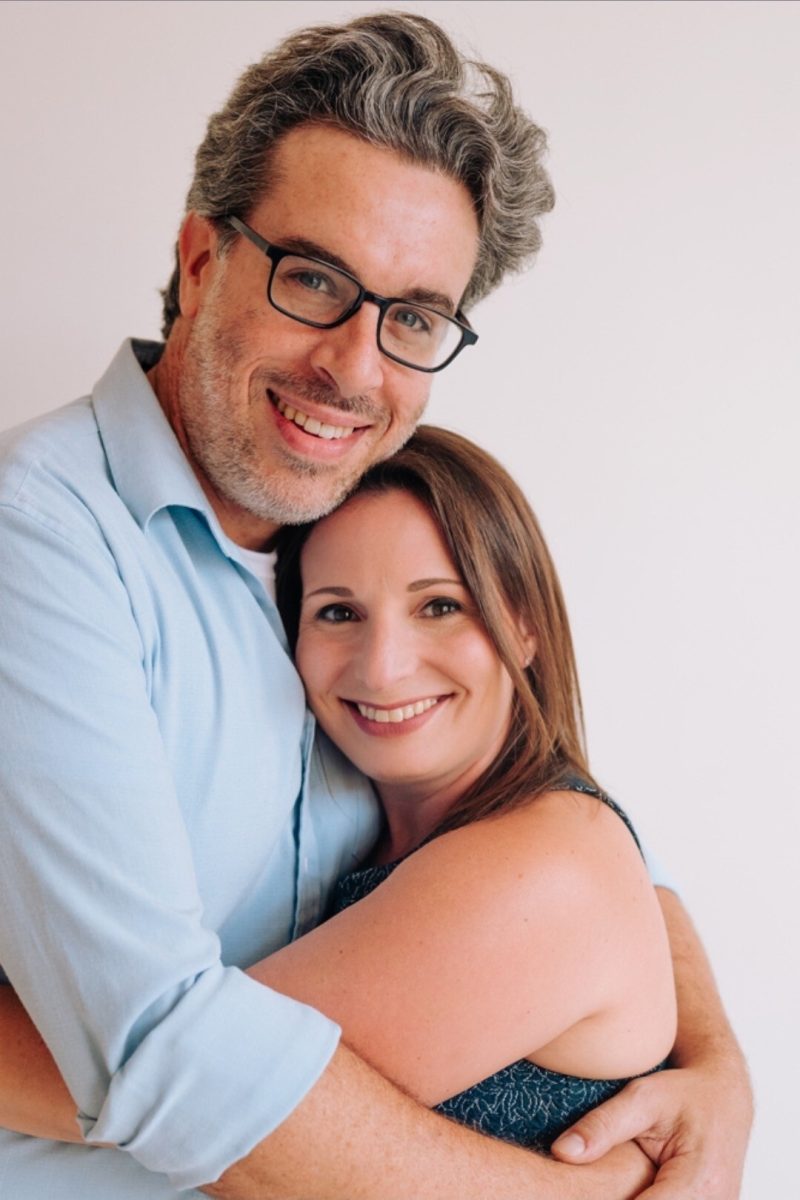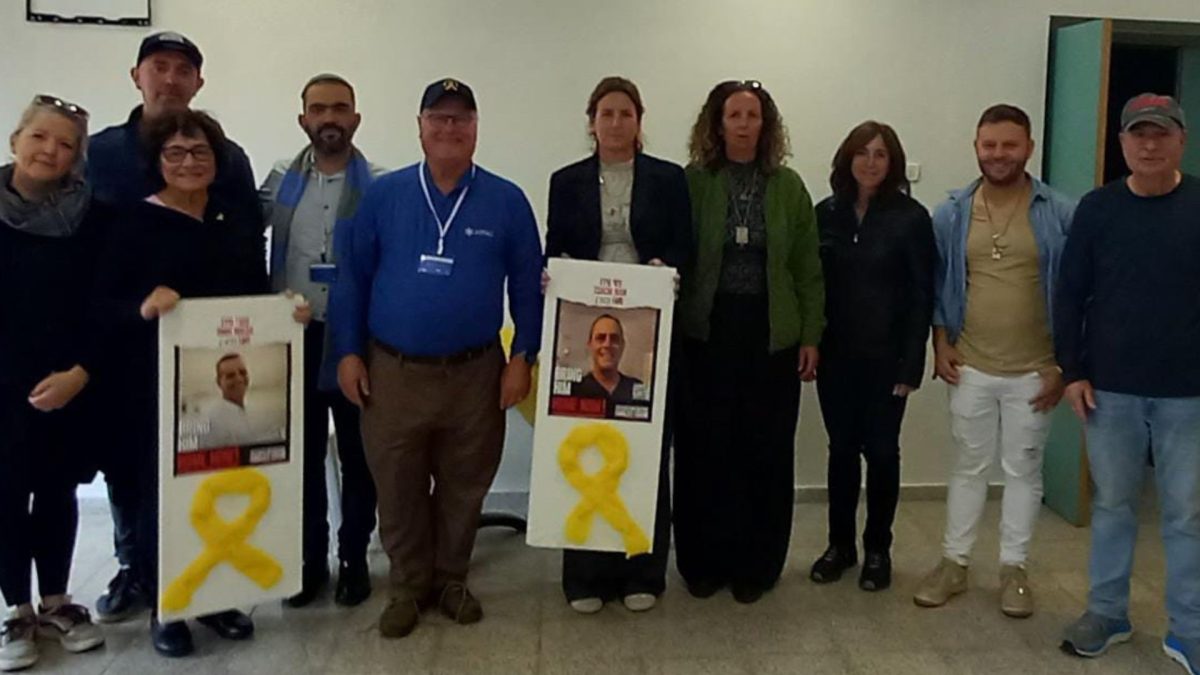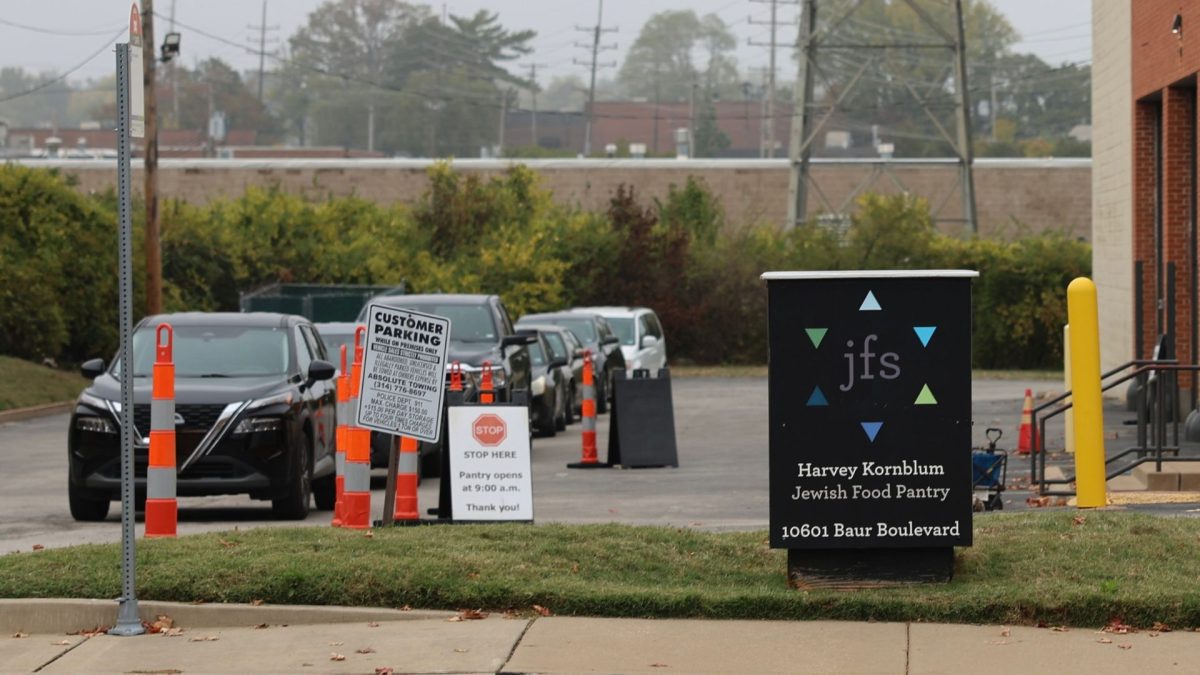As you get ready to celebrate your b’nai mitzvah, chances are you’ve started to think more about responsibility, growing up—and maybe even what to do with the money gifts you’ll receive.
This moment in your life isn’t just about a party or reading from the Torah. It’s also about taking your first steps into adulthood. And one of the most valuable lessons you can learn right now? How to manage your money.
We’ve all heard the old saying, “It’s better to teach a hungry man to fish than to just feed him for one meal.” But how many kids actually get taught how to “fish” when it comes to personal finance?
Personal finance isn’t taught in elementary school, is rarely covered in middle school, and—at best—is only offered as an elective in high school or college. So, if it’s not taught in school, how do kids learn? By watching their parents, other adults and their peers.
In a perfect world, early lessons in personal finance would include two core ideas:
• What you can do with money—that is, how money works.
• What a budget is, and how to manage your cash flow.
There are three main things we can do with money. First, we can spend it—something most of us are quite good at. Spending can be done with cash, checks, or credit cards.
Second, we can lend it—by buying bonds. A bond is essentially a loan to a company or the government. There are several types:
• Corporate bonds are loans to companies.
• Government bonds are loans to the U.S. government.
• Municipal bonds are loans to local, state, or city governments.
ADVERTISEMENT
For example, Monsanto (now Bayer) currently offers a bond you can buy. In return for your investment, the company will pay 5.50% interest annually. Then, on July 15, 2035, the bond matures and you’ll be paid back your original investment.
The third thing we can do with money is own assets. This might mean buying a house, a car, or shares of stock. Stocks represent partial ownership in a company. When a company sells stock, it’s raising money to grow. In exchange, you get shares in the business—sometimes with dividends (a portion of the profits), and often with voting rights in company decisions.
While it’s easy to get carried away with impulse buys or emotional spending, it’s much wiser to plan ahead. The best tool for this? A budget. A budget is simply a written guide for how to use your income. It lists the money you have coming in—through your paycheck or other sources—and then outlines your expenses and bills. What’s left over can go toward new purchases, goals or savings.
A great rule of thumb for young adults is to save 10% of everything you earn. Pay yourself first. Treat your savings or investment contribution as your very first “bill.” One of the simplest ways to do this is through an automatic withdrawal from your checking account.
Inflation—the rising cost of goods and services—can eat away at savings. That’s why many people choose to invest in growth or equity assets, rather than just savings or money market accounts. In “Rich Dad, Poor Dad,” Robert Kiyosaki encourages readers to treat every dollar they save or invest like an employee—working for them. When your money is working alongside your job income, you have a much better shot at reaching your dreams and goals.
No matter your age, what’s more important than how much you earn is how much you keep—and how wisely you grow it. As you step into Jewish adulthood, use this milestone as a chance to build smart habits that can last a lifetime. Make saving and investing part of your regular routine. Pay yourself first—and let your bar or bat mitzvah be the start of a future where your money works for you.




